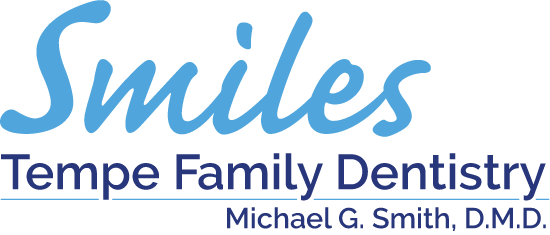Invisalign vs Lingual Braces
When you are looking for ways to get straighter teeth and a better smile without letting the whole world know you’re doing it, two popular choices these days are lingual braces, braces worn on the tongue-facing side of the teeth rather than in front, and Invisalign, a clear aligner worn over the teeth. Both are gaining popularity because they can fix your smile while keeping aesthetics in mind-with either option, you don’t have to walk around flashing metal braces every time you smile. With these two methods to choose from, how do you know which one is right for you? It is important to know the pros and cons of each before you make your decision. Knowing how Invisalign works can help you see how they will fit in with your life and if they are right for you.
Lingual Braces vs. Invisalign: The Basics
Both methods can give you straighter teeth and overall better oral health but do so in different ways. Invisalign consists of a clear aligner, much like a retainer, that is worn over the teeth for 22-24 hours a day. It must be taken off before eating or drinking (except water). Invisalign treatment usually lasts 6 to 18 months before the desired results are achieved. If this product appeals to you, then you might like what is being offered by Clear Retain. Lingual braces, or incognito braces, are typically worn longer-about 2 years-based on each individual patient. They are glued to the teeth and not removed for the duration of the treatment. Invisalign is transparent, and it is not easy to tell you’re wearing the aligner. Braces are metal or enamel colored, but since they are on the tongue facing side of the teeth, they are generally not visible. Braces can bring some discomfort from the wires, and both braces and Invisalign can cause soreness from tooth movement.
The cost and follow-up care of each method varies also. Invisalign runs at around $5,000 for complete treatment. Lingual braces can run between $1,800 to $5,500, depending on the individual case. Both devices must be cleaned regularly. Since the braces are irremovable, those are cleaned with special brushes in addition to regular teeth brushing. Invisalign must be removed and cleaned in a special tray. With both methods, you will need to see your orthodontist regularly for adjustments. Once you are done with either treatment, there is some kind of follow up to make sure you maintain the results you achieved. With lingual braces, you may wear a removable retainer at night, and have visits once or twice a year with your orthodontist. With Invisalign, you may need to wear the aligner, but less often.
Which Treatment is For You?
Both lingual braces and Invisalign have their advantages and disadvantages. It is true that Invisalign can get the job done more quickly, but it requires a lot of accountability on the part of the patient. Don’t wear the aligner during the day like you should? It is unlikely you are going to see the results you want during the promised time period. Also, if you don’t take care to brush after each meal and clean the aligner properly, your teeth will likely see some permanent staining. Invisalign is also quite a bit pricier, even if with its added inconveniences.
Lingual braces do require a bit longer treatment time, but they are able to work in more complex cases. Patients don’t have to remember to remove them and put them back in, so they can be a more stress-free method. They also can be much more affordable than Invisalign, depending on the individual situation. Overall, if you are looking for a discrete, reliable, and affordable way to get a straighter smile, lingual braces are for you.
